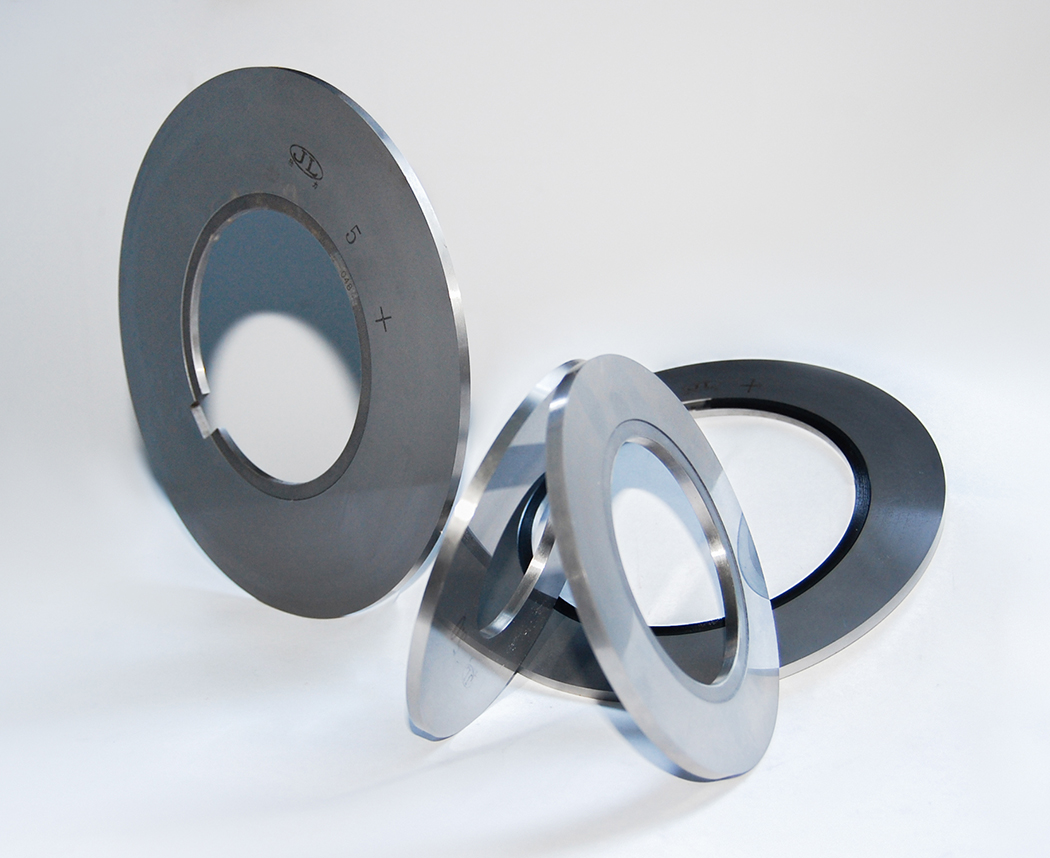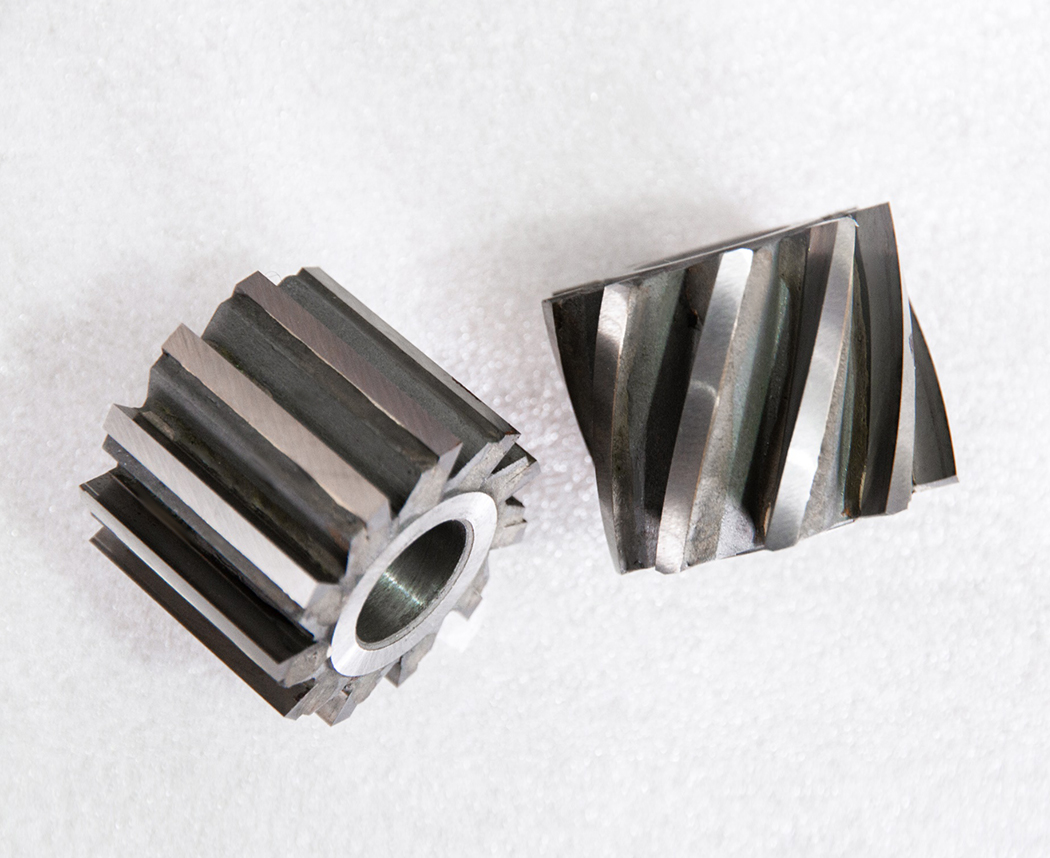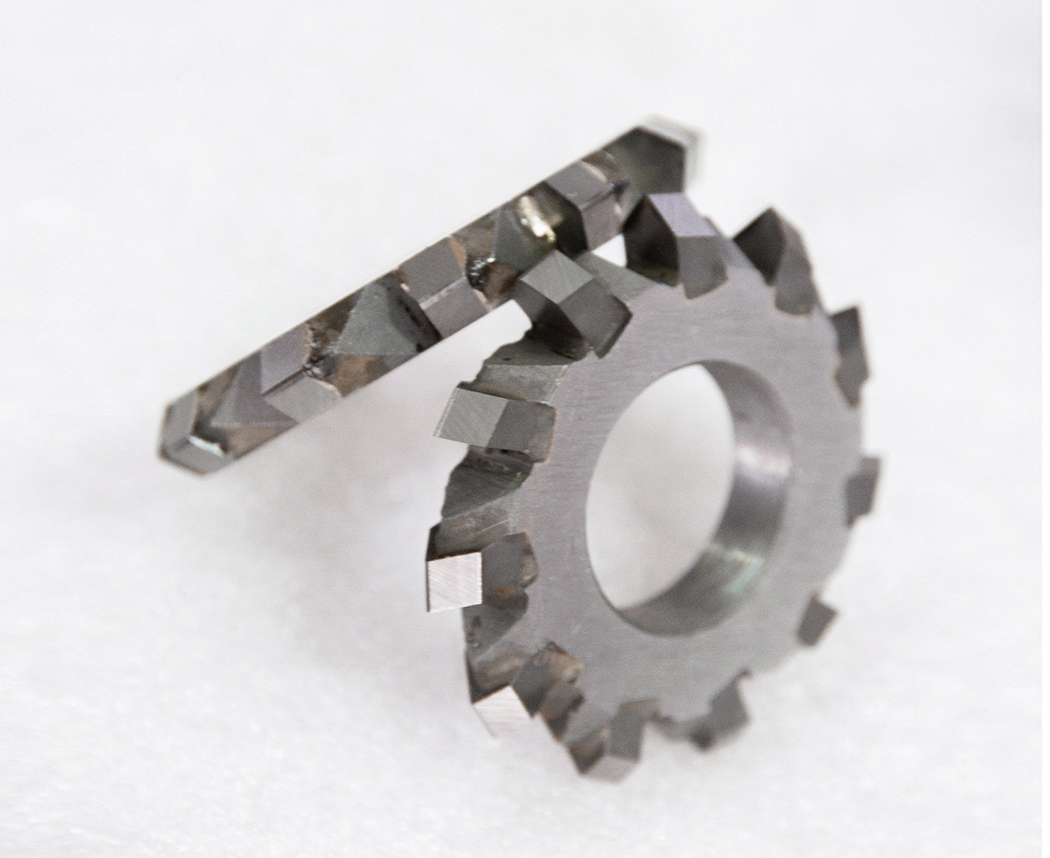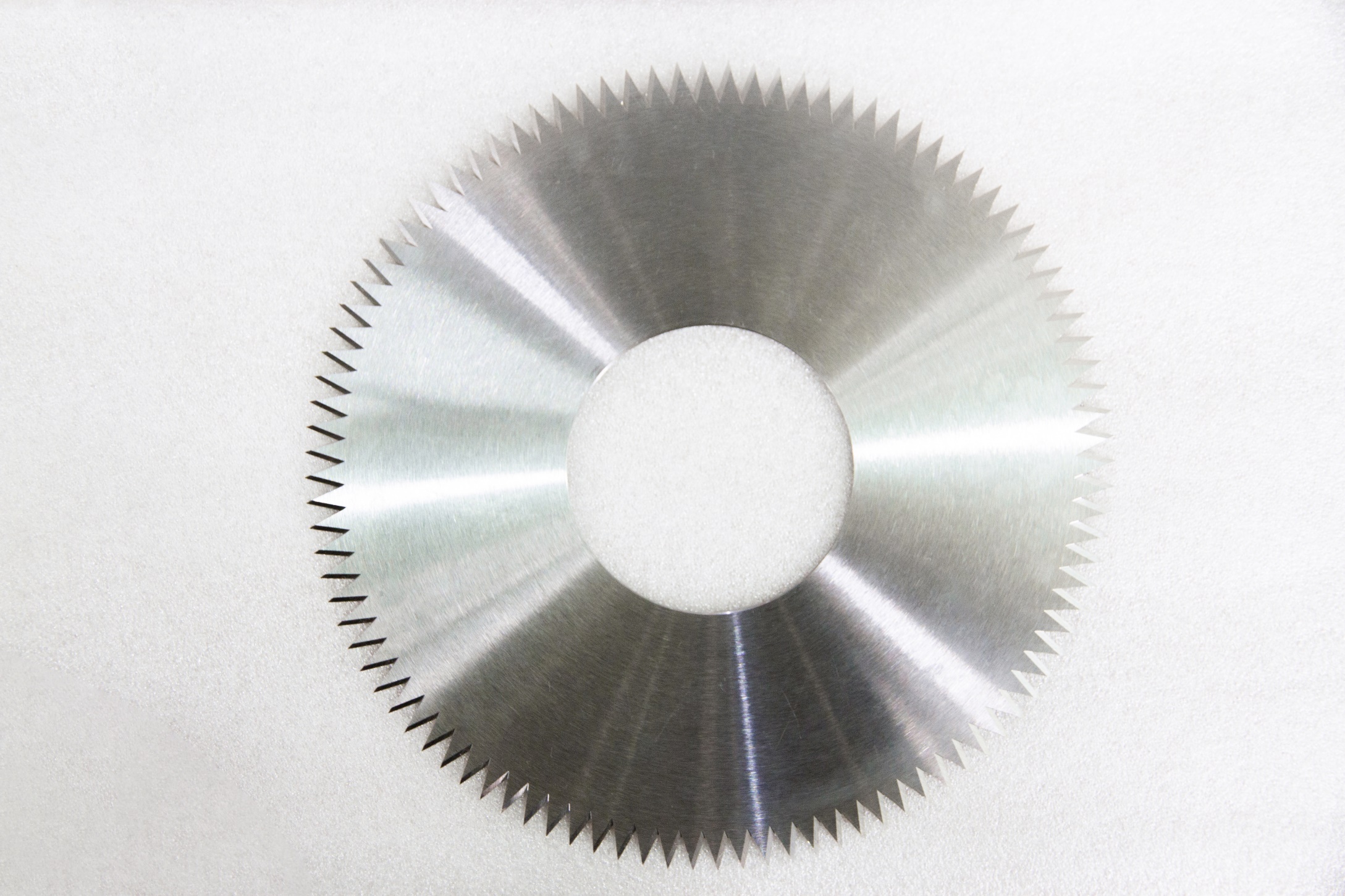News Center
Recommending Products
Contact: Mr. Jin
Tel: 13901575780
0512-52428686
Contact: Mr. Zha
Tel: 13913639797
0512-52422071
Address: No. 59, Huyi Road, Liantang, Shanghu Town, Changshu City, Jiangsu Province.
What issues should be noted when using high-speed steel sharp edged knives
Attention should be paid to the following issues when using high-speed steel sharp edged knives:Sources:xinmingyao.cn | PublishDate:2025.01.08
1. Installation process
Tool clamping accuracy: Suitable tool holders and clamps should be used to ensure that the high-speed steel sharp angle tool is installed straight and firmly. Eccentric or loose tool clamping can cause vibration during cutting, which not only affects machining accuracy but may also cause tool breakage and reduce tool life. For example, on a CNC milling machine, it is necessary to adjust the tool extension length correctly and tighten the chuck with a professional wrench.
Coaxiality between tool and spindle: After installation, it is necessary to verify the coaxiality between the tool and the machine tool spindle. Excessive deviation can cause uneven cutting and exacerbate tool wear. Generally, tools such as edge finders and dial indicators can be used for calibration, especially for precision machining where coaxiality error should be controlled within a very small range.
2. Cutting parameter setting
Cutting speed: The heat resistance of high-speed steel is limited, and the cutting speed cannot be too high, otherwise the blade temperature will quickly rise, causing the tool to anneal and the hardness and wear resistance to decrease. Reasonable selection should be made based on the workpiece material and tool diameter. For example, when processing ordinary carbon steel, the cutting speed is usually controlled at 20-30m/min.
Feed rate and cutting depth: If the feed rate is too large, the cutting force will increase, which can easily cause tool deformation and chipping; Cutting too deep can also increase the tool load. So, it is necessary to comprehensively adjust factors such as workpiece hardness and machine power, and gradually adjust them. Novice operators should start with conservative parameters and gradually optimize them.
3. Workpiece material adaptation
Material hardness matching: High speed steel sharp edged knives are more suitable for processing materials with a hardness below HRC30. For high hardness materials, forced cutting not only has low efficiency, but also significantly damages the tool. At this time, the workpiece needs to be pre treated with annealing or replaced with more suitable tools, such as hard alloy tools.
Material characteristic considerations: When encountering workpiece materials with high toughness and high viscosity, chips are prone to adhere to the cutting edge, affecting subsequent cutting and potentially causing chip deposits, which can damage the surface quality of the processed material. For this, the use of cutting fluid can be optimized, or cutting parameters can be adjusted to ensure smooth chip discharge.
4. Maintenance during use
The use of cutting fluid: Adequate and suitable cutting fluid is crucial during the cutting process, as it can provide cooling, lubrication, and chip removal. Water based cutting fluid has excellent cooling effect, while oil-based cutting fluid has strong lubrication performance. It should be selected appropriately according to the machining conditions and ensure that the cutting fluid can be fully sprayed onto the cutting edge.
Timely cleaning of chips: If chips generated during processing accumulate around the cutting edge, it will hinder the action of cutting fluid and friction the cutting edge, accelerating tool wear. Air blowing devices, magnetic chip conveyors, etc. should be equipped to regularly clean chips and maintain a good processing environment.
Mid way tool inspection: When cutting continuously for a long time, it is recommended to stop the machine at regular intervals to visually check the condition of the tool, whether the blade is worn and whether there are signs of chipping. Once any abnormalities are found, the tool should be replaced or ground in a timely manner to avoid more serious workpiece scrap.
5. Storage and Preservation
Dry environment: There is a risk of rust on high-speed steel. After use, the sharp edged knife should be wiped clean and placed in a dry and ventilated environment. If conditions permit, rust inhibitor can also be applied.
Anti collision: When stored, it should be placed separately to avoid collision or compression with other hard objects, maintain the original accuracy of the tool, and prepare for the next use.






